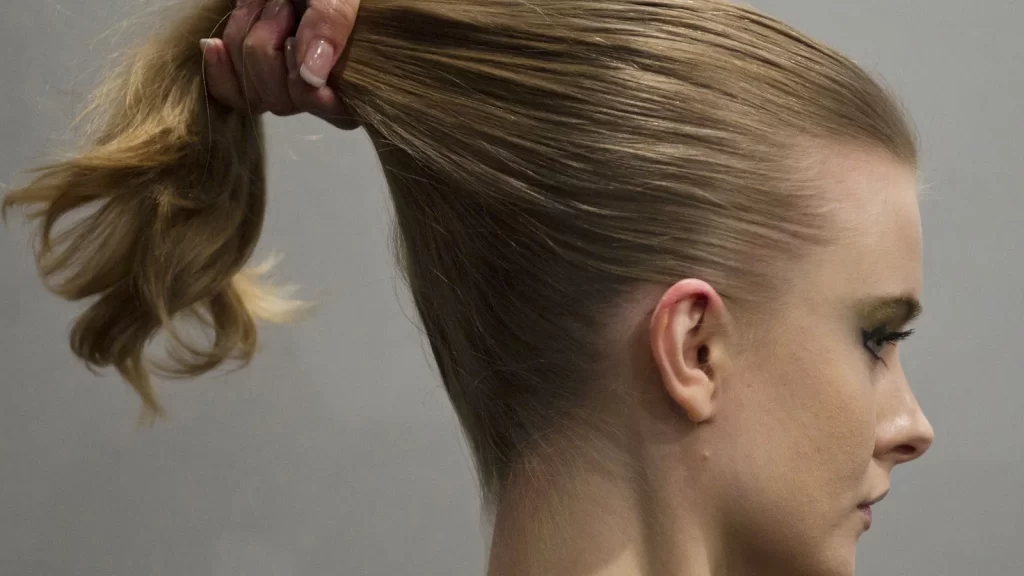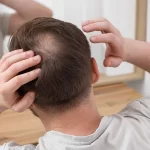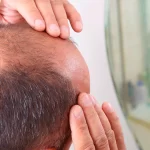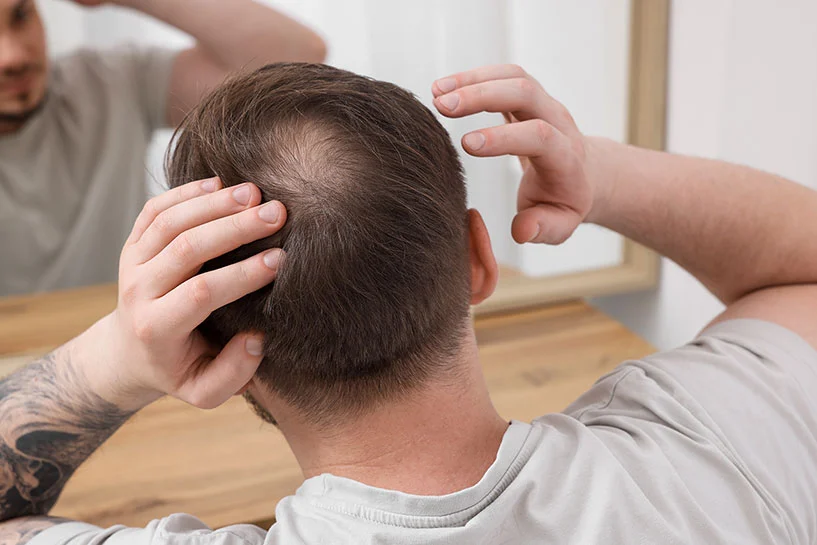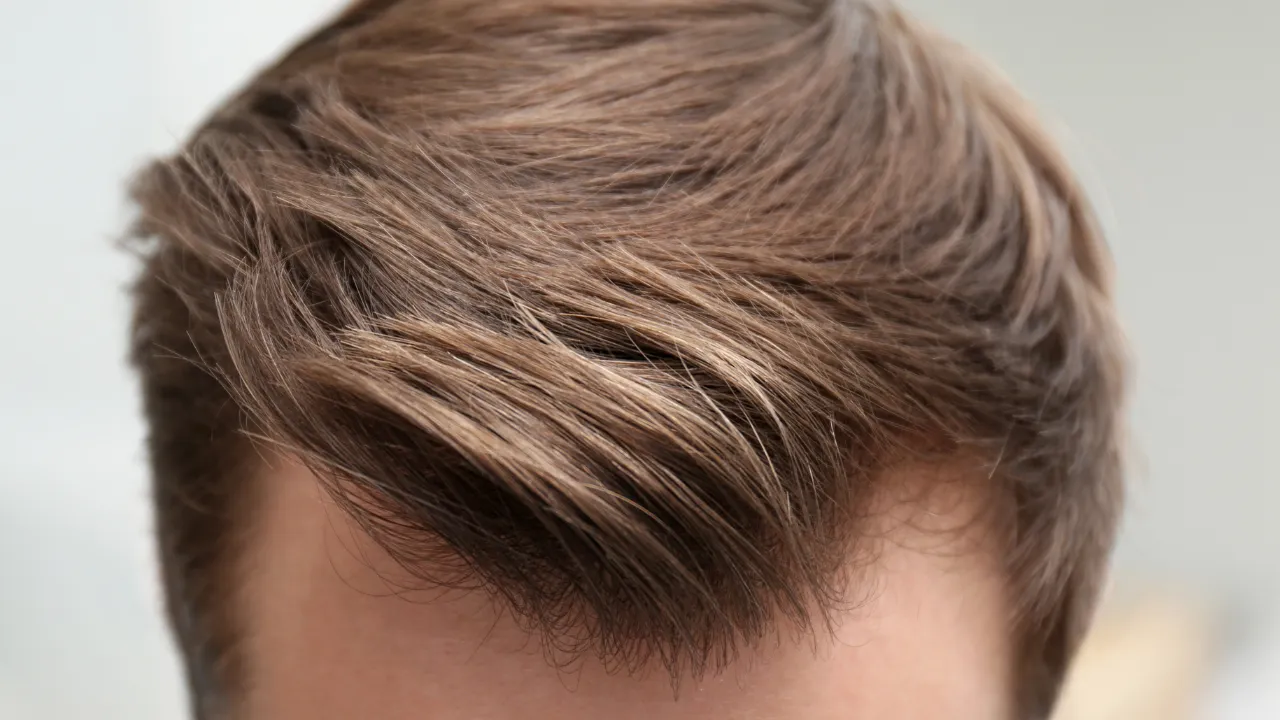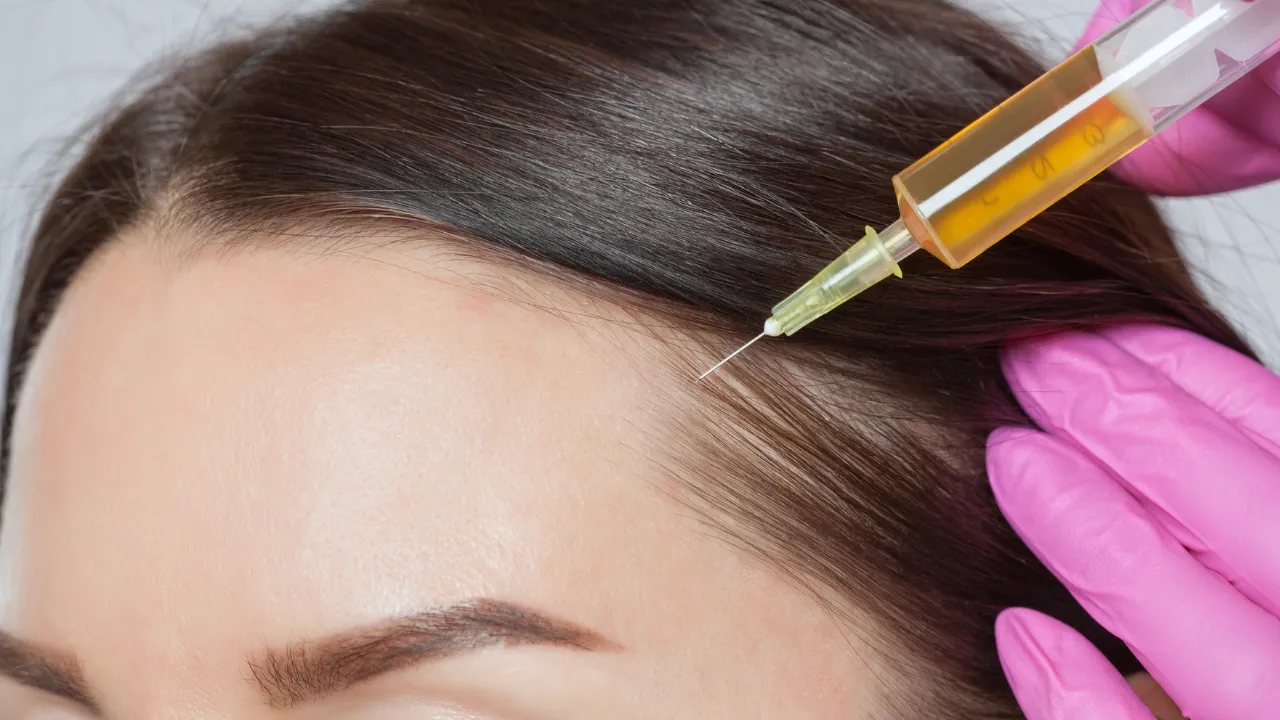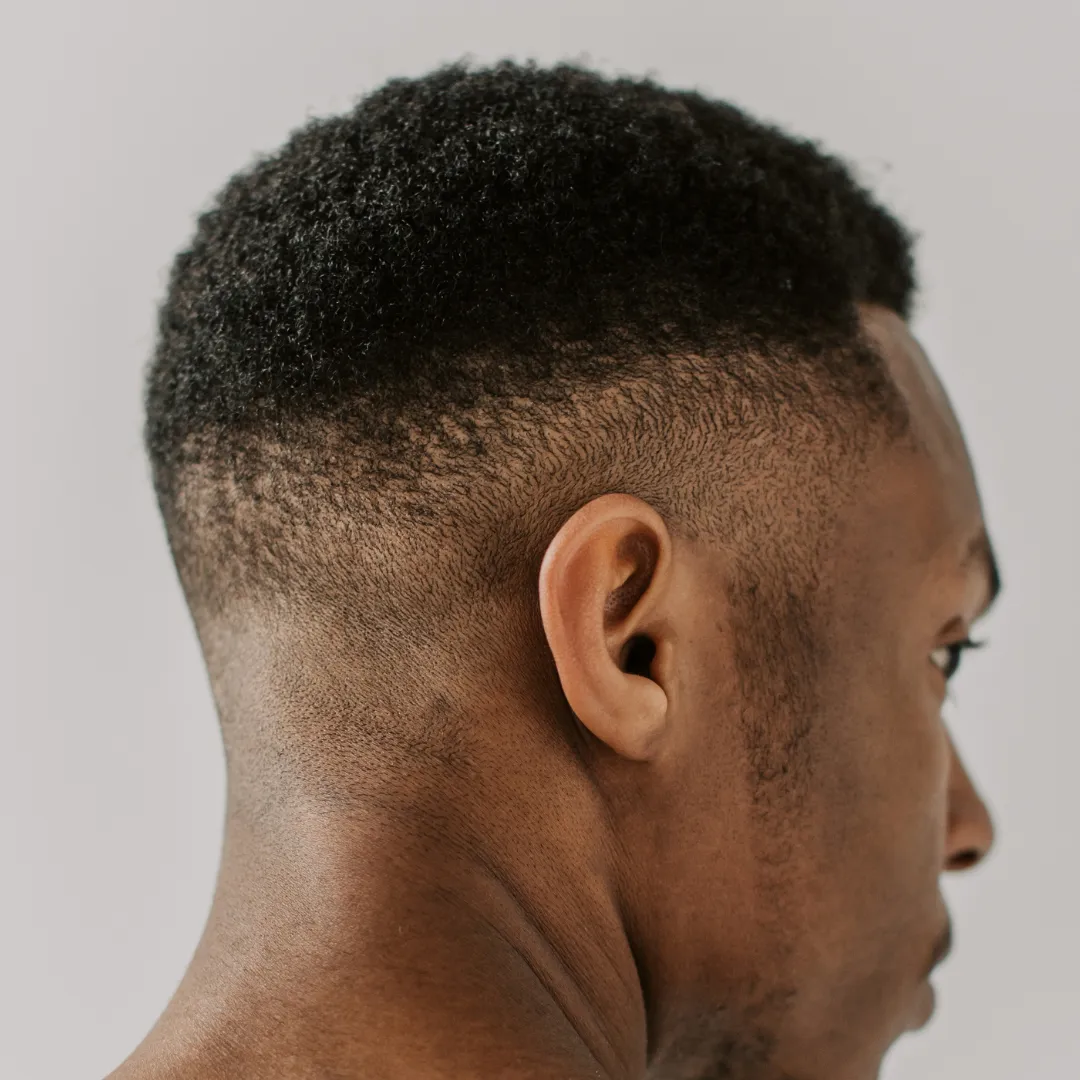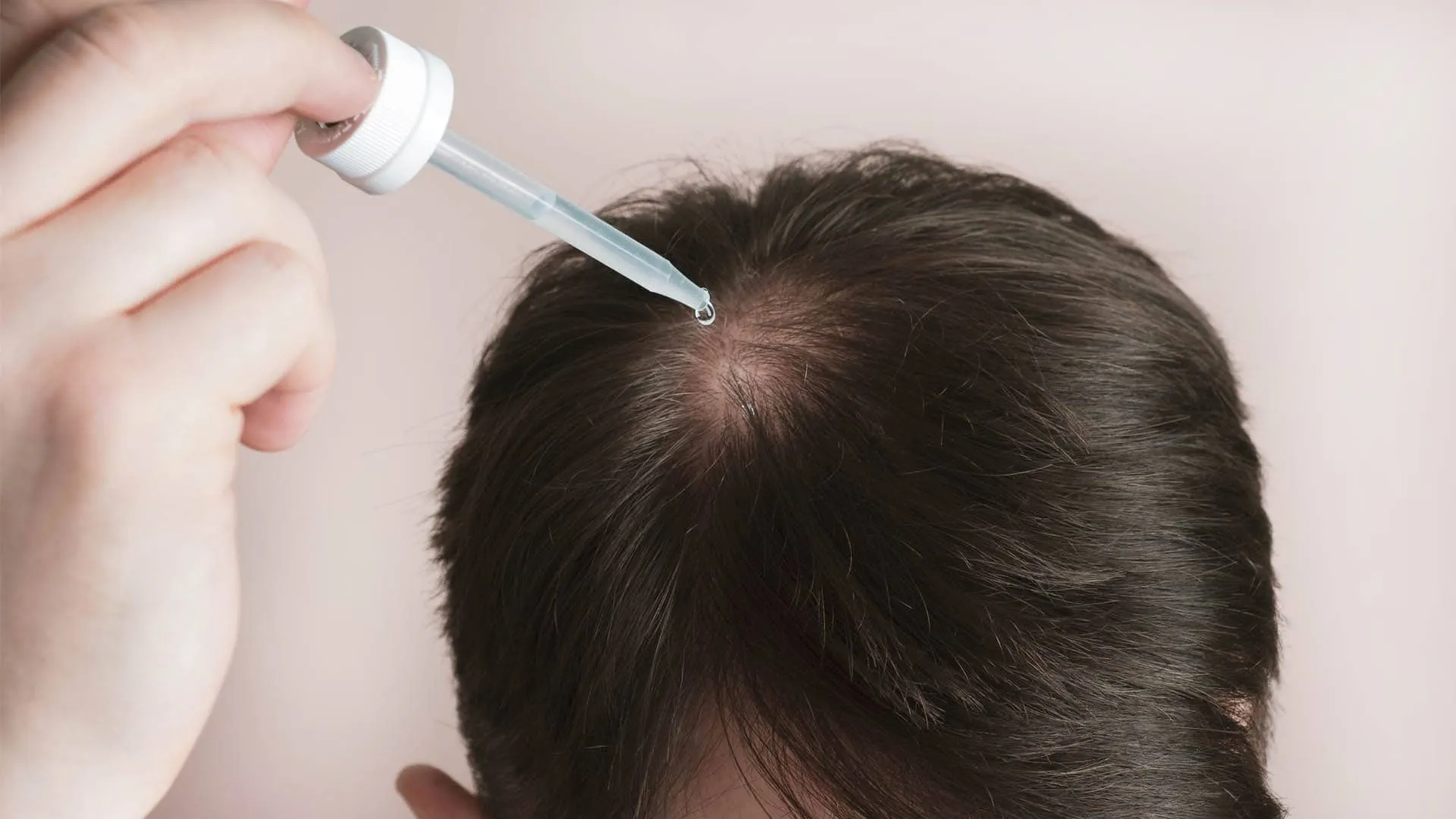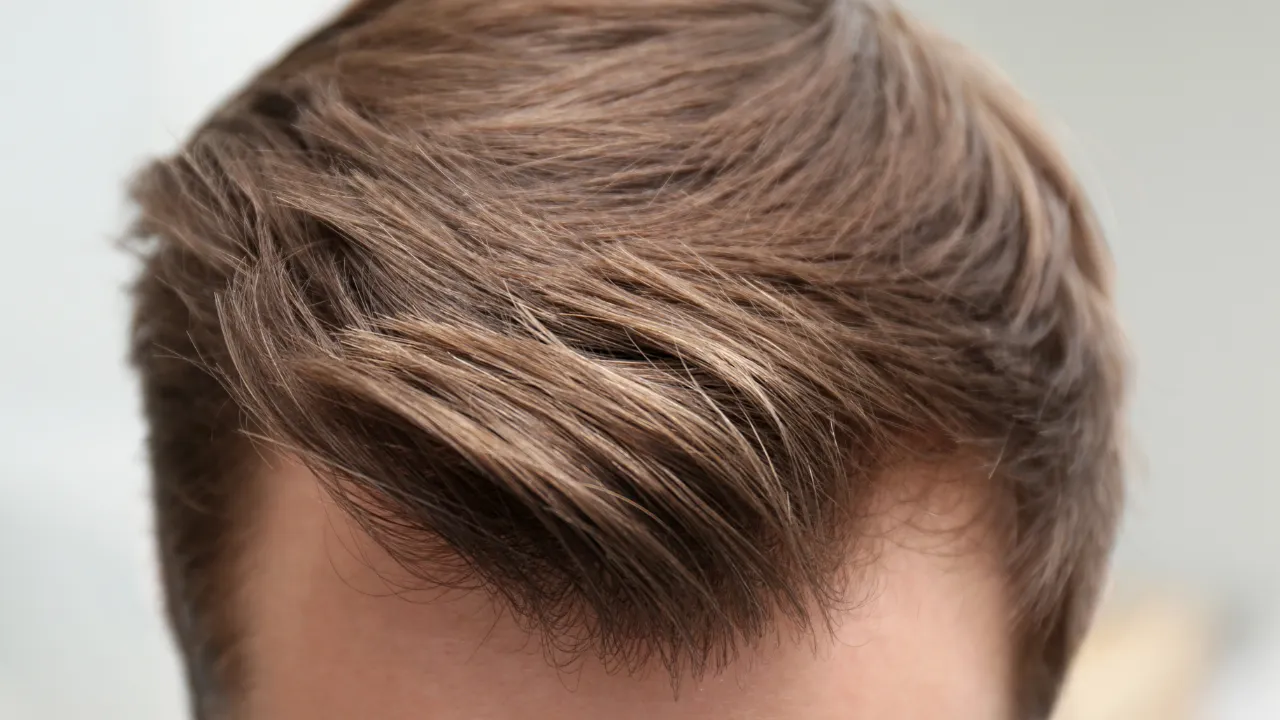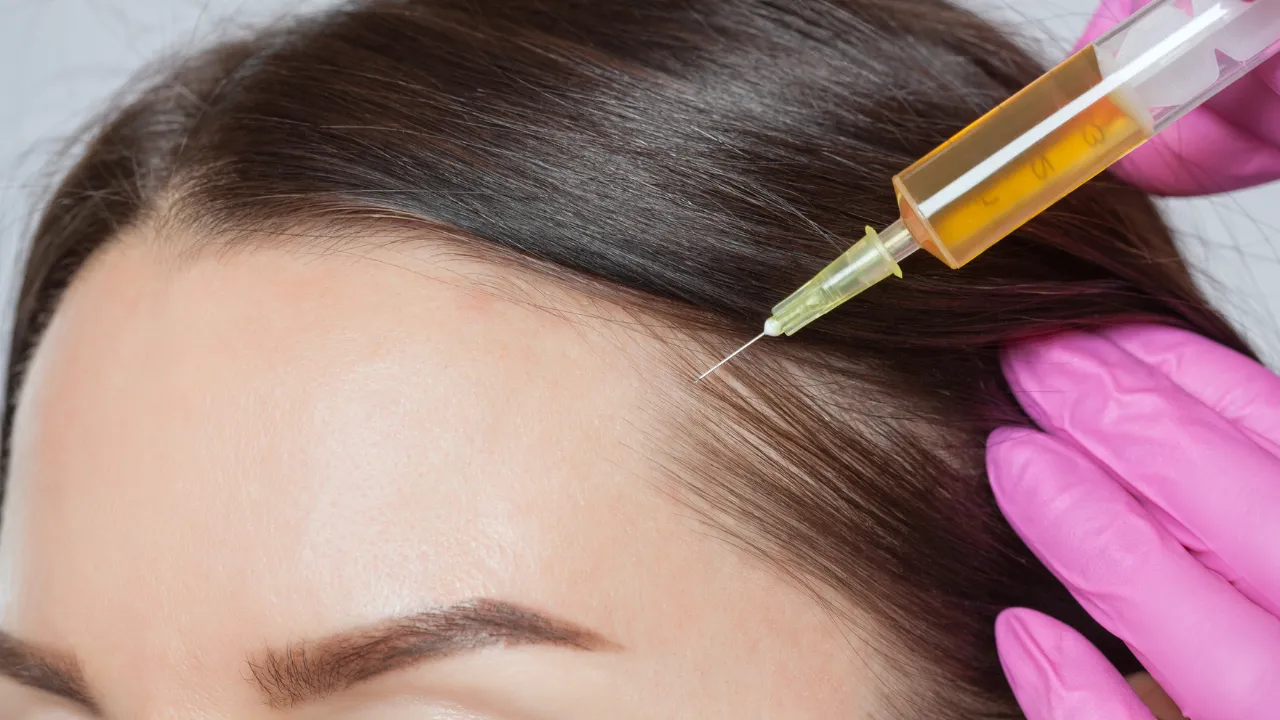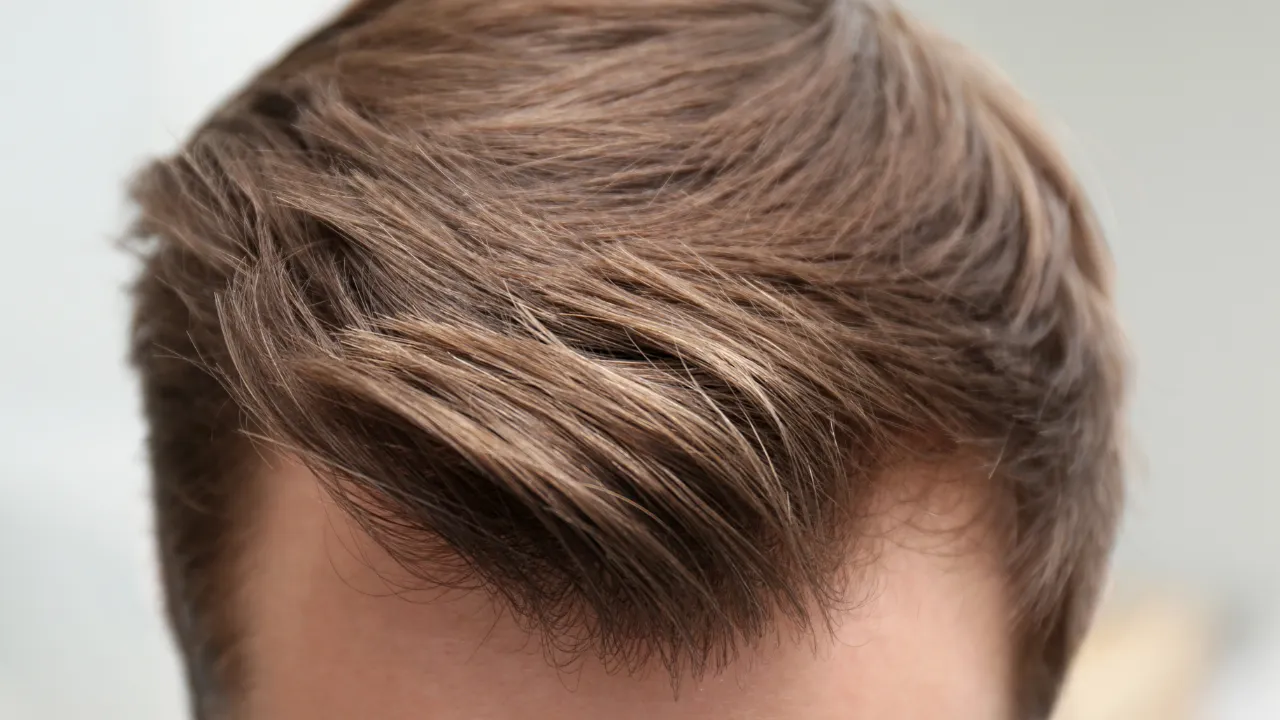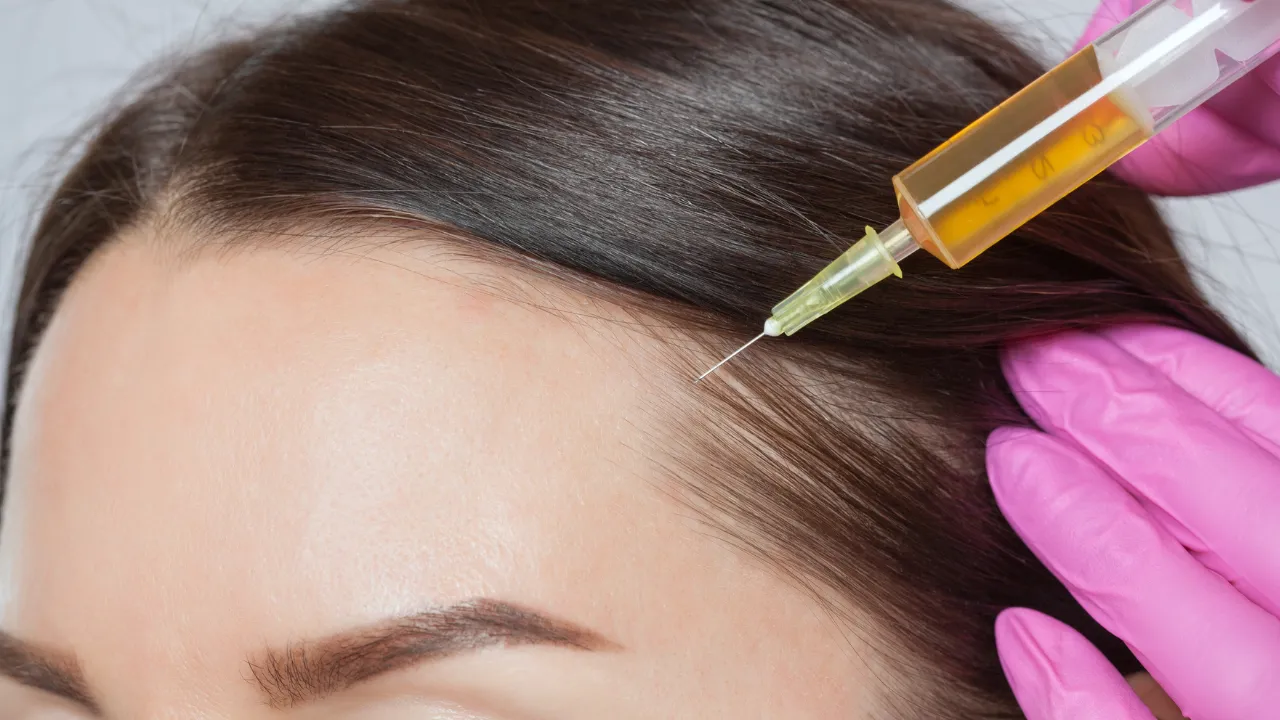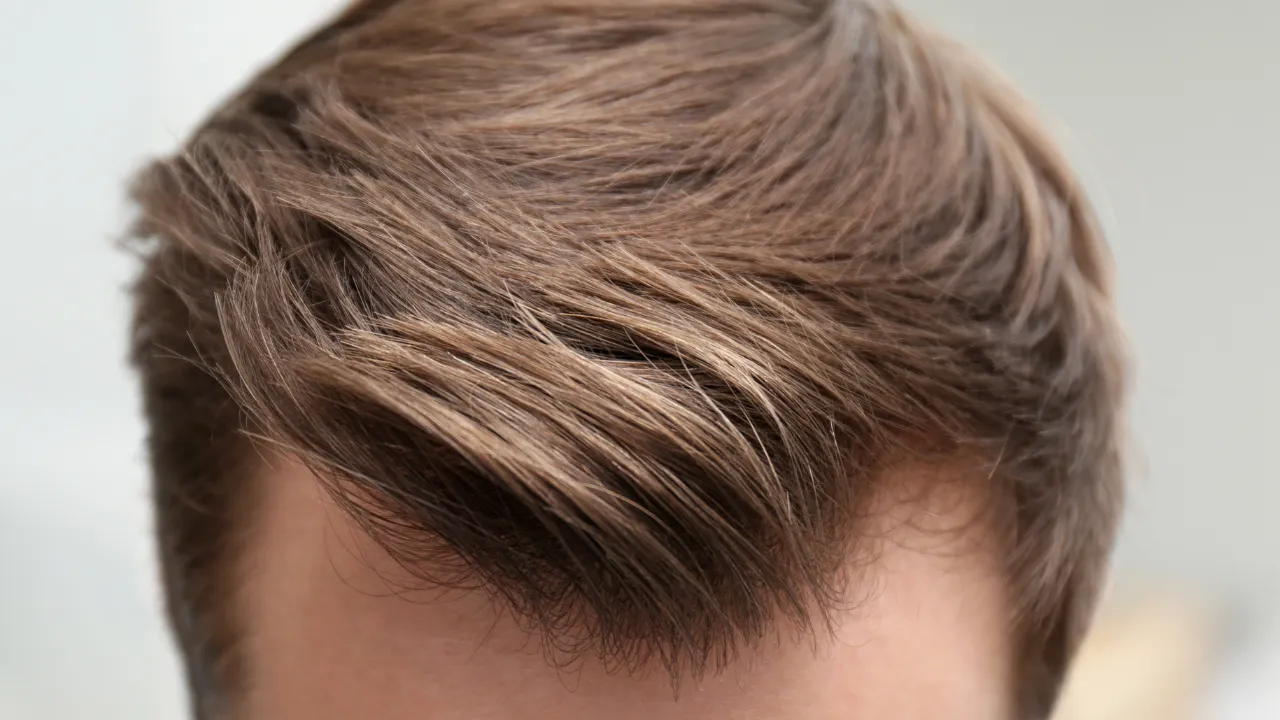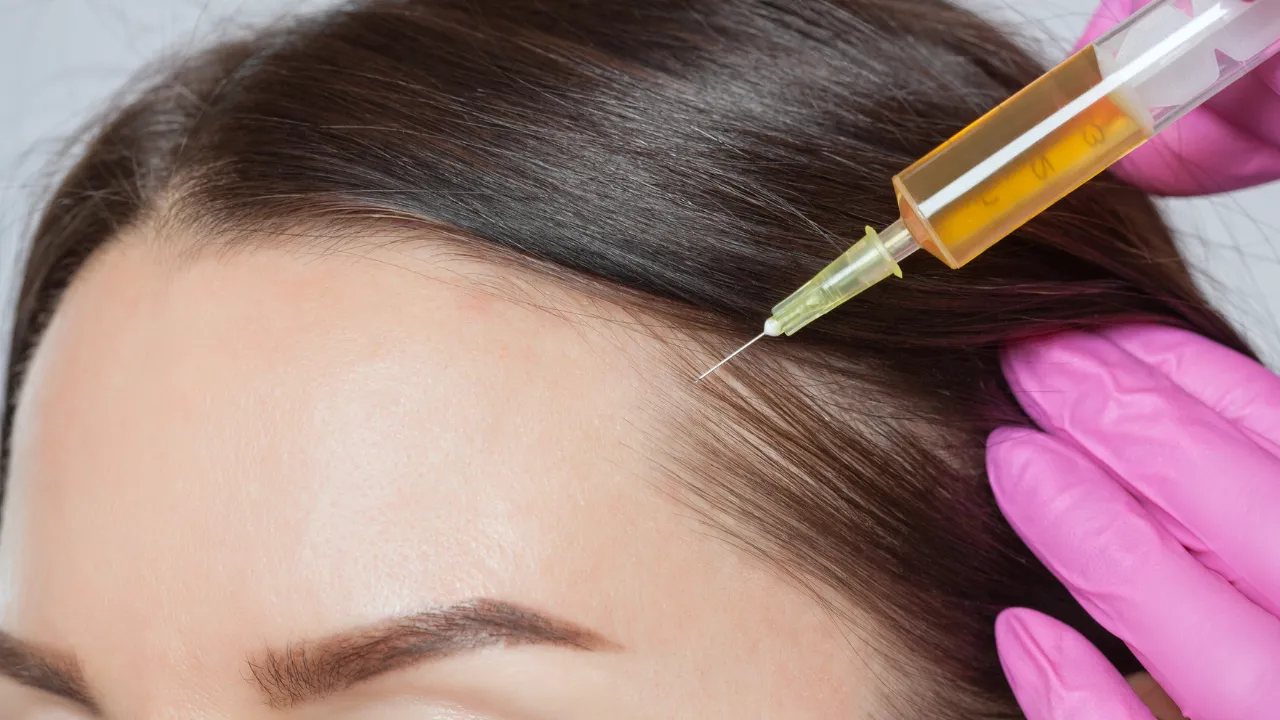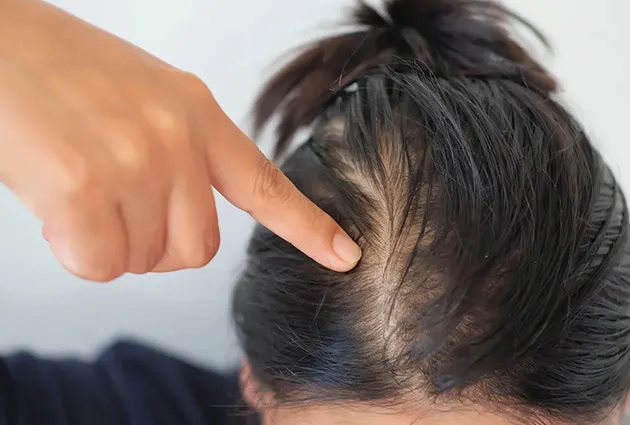Table of Contents
ToggleKopelman Hair helps patients understand the many causes of hair loss and offers advanced treatments for lasting results. A common question is whether pulling hair causes baldness, and the answer is yes – frequent or forceful pulling can damage hair follicles and lead to thinning or permanent loss over time. Dr. Kopelman and his team evaluate each patient carefully to identify damage early and recommend the right care.
Hair pulling creates tension on the scalp that weakens the follicle. When this stress continues, the root can stop producing new hair, leaving visible patches or a receding hairline. Knowing how pulling harms the scalp helps you prevent long-term problems and seek treatment when needed.
Key Takeaways
- Pulling or tightly styling hair can damage follicles and lead to traction alopecia, which may cause permanent hair loss if scarring develops.
- Stopping the pulling early often allows hair growth to resume within several months, especially when supported by treatments such as topical solutions or platelet-rich plasma therapy.
- Daily tension from hairstyles like tight ponytails, braids, or hair extensions increases the risk of patches of hair loss and broken hairs over time.
- A specialist can provide a clear diagnosis and treatment plan and may recommend medical therapies or hair restoration if irreversible loss has occurred.
- Prompt evaluation by an experienced doctor like Dr. Kopelman and adopting gentle styling habits are the most effective steps to prevent long-term hair loss.
How Hair Pulling Causes Hair Loss?
Repeated pulling places constant pressure on the follicle, inflaming the root and disrupting growth. Over time, scarring can block new hair from emerging and create noticeable hair thinning.
- Tight braids, ponytails, hair extensions, or buns pull hair in one direction and create continuous stress.
- Habitual tugging or twisting of hair by hand also damages follicles and causes broken hairs.
Does Pulling Hair Lead to Baldness (Adults Included)?
Adults who wear their hair in tight styles or pull it regularly can develop bald spots. The risk grows with the frequency and force of the pulling. Early signs include scalp redness, small bumps, and thinning along the hairline.
Permanent Damage and Follicle Risks
Long-term traction can scar the follicle and cause irreversible hair loss. Once scarring occurs, permanent hair loss may follow, and hair cannot regrow without medical treatment such as a hair transplant.
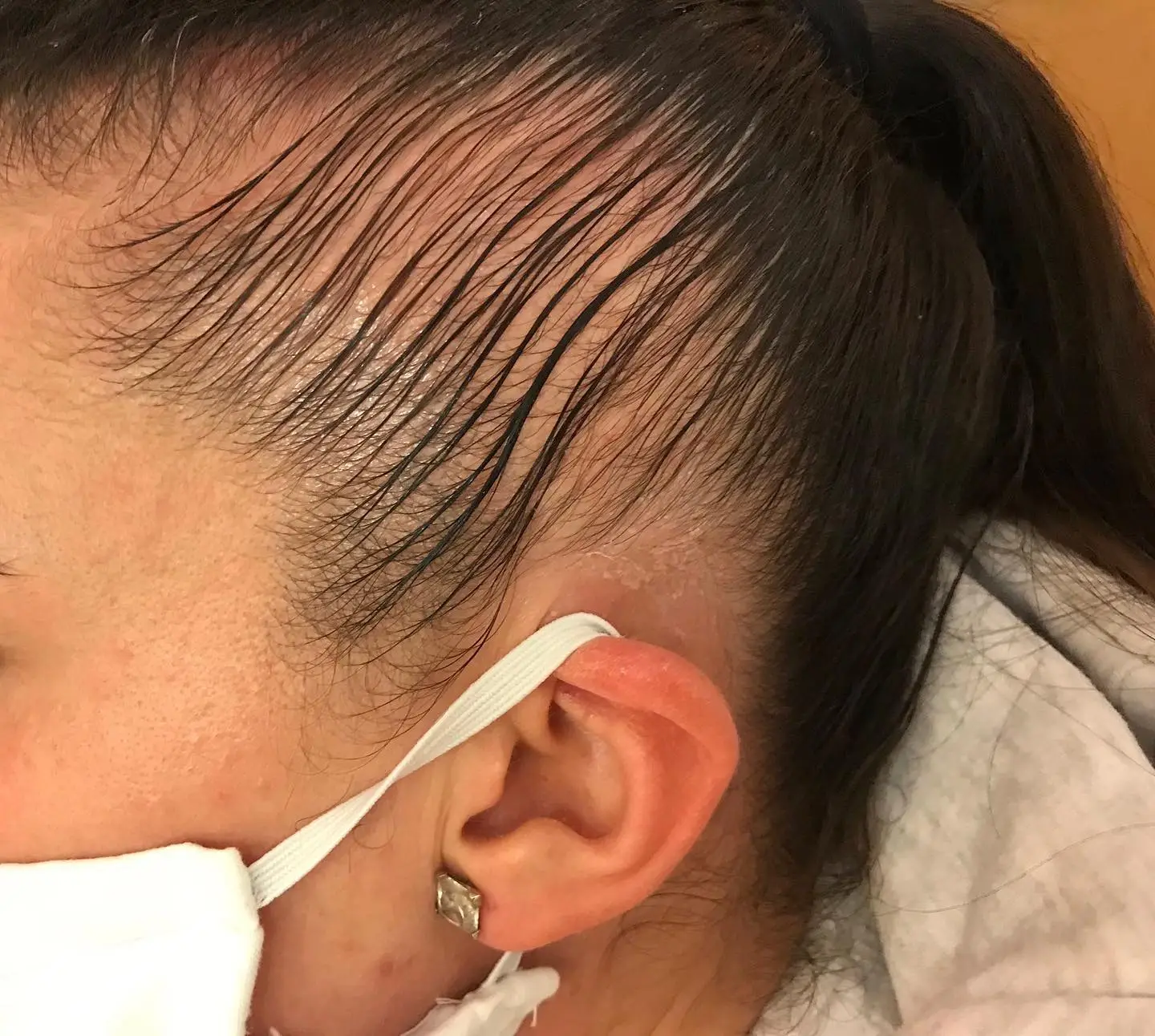
Regrowth and Reversal
If the pulling stops before scarring forms, hair often grows back. The scalp can recover in several months once tension is removed.
Does Hair Grow Back After Pulling
Hair usually returns if follicles remain healthy. Reducing stress and avoiding tightly pulled hair gives the root time to repair and support healthy hair growth.
Can Hair Loss from Pulling Be Reversed?
When early traction alopecia is diagnosed, treatments such as topical minoxidil or platelet-rich plasma therapy may speed regrowth and restore patches of hair loss.
Research and Clinical Evidence
Clinical studies confirm that constant traction weakens hair follicles and can lead to scarring. Removing tension and starting topical treatments within the first few months greatly improves regrowth rates. Patients who stop tight hairstyles or heavy hair extensions often show improvement in three to six months.
Plucking and Hair Removal
Plucking hair repeatedly can harm follicles. Each pluck tears the root and may trigger inflammation. Even pulling hair for short periods of time can irritate the scalp if repeated.
Does Plucking or Pulling Out Hair Cause Baldness?
Occasional plucking is unlikely to cause baldness, but constant removal of the same hairs can create thin patches and noticeable hair loss.
Does Plucking Grey or White Hair Cause Baldness?
Plucking grey or white hair does not make more greys hair appear, but it can weaken or scar the follicle, slowing or stopping growth.
Diagnostic Steps for Traction Alopecia
A hair specialist can provide a precise diagnosis and treatment plan through scalp examination and medical history review. Dermoscopy may be used to detect early scarring, and lab tests can rule out other causes of hair loss.
Hairstyles and Daily Tension
Certain styles create daily stress that leads to traction alopecia.
Does Pulling Your Hair Back Cause Hair Loss?
Wearing tight ponytails or buns every day can break hair and cause thinning along the hairline. Many people ask Does pulling your hair back cause hair loss?, and the answer is yes when tension is constant and the hair is tightly pulled for long periods.
Long-Term Effects of Tight Styles
Years of tight styling can shrink follicles and create patches of hair loss. Alternating styles and using gentle accessories can reduce this risk and help prevent permanent hair loss.
Traction Alopecia
Traction alopecia is the medical name for hair loss caused by tension.
Causes and Early Signs
It develops when people wear their hair in tight braids, heavy hair extensions, or styles kept in place for short periods of time but repeated daily. These habits can cause soreness, small pimples, and thinning near the temples and may lead individuals to develop traction alopecia.
Treatment Options
Stopping the pulling is the first step. Doctors may recommend topical treatments, corticosteroid injections, or hair restoration procedures if scarring has formed. Early intervention can restore patches of hair loss and prevent permanent hair loss.
Other Hair-Pulling Conditions
Trichotillomania is a psychological disorder where people feel a strong urge to pull their own hair. The condition is linked to obsessive-compulsive disorder and requires a focus on both dermatologic and mental health support. Therapy and medical care help control the habit and protect hair health.
Prevention and Treatment
Simple changes reduce the risk of hair loss from pulling:
- Use loose hairstyles and avoid tight elastics.
- Give hair regular breaks from braids or hair extensions.
- Handle hair gently when brushing or styling.
Step-by-Step Prevention Plan
Follow these steps to protect your scalp:
- Limit tight hairstyles to special occasions and alternate with loose styles.
- Use soft, padded hair ties or clips to reduce pressure on roots.
- Schedule regular scalp checks if you frequently wear extensions or hair extensions.
- Seek professional advice at the first sign of pain, redness, or excessive shedding.
Safer Styling and Grooming Habits
Rotate hairstyles, keep braids loose, and use soft hair ties to reduce scalp tension. Avoid keeping tightly pulled hair in place for more than short periods of time to prevent traction-related damage.
Medical Therapies and Hair Restoration
Early traction alopecia may respond to topical treatments or platelet-rich plasma injections. For permanent hair loss, Dr. Kopelman offers advanced hair transplant techniques tailored to each patient.
When to See a Hair Specialist
Seek professional care if you notice thinning, scalp pain, or persistent shedding. Quick action improves the chance of regrowth.
Frequently Asked Questions about Hair Pulling Baldness
Is occasional hair-pulling harmful?
How long until regrowth after stopping?
Can children recover from traction alopecia?
Kopelman Hair provides expert diagnosis and personalized treatment for all types of hair loss. If you suspect hair pulling is affecting your scalp, schedule a consultation to protect your hair and explore effective restoration options with Dr. Kopelman and his team.


